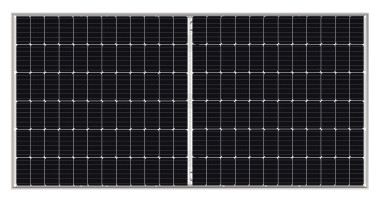Longi claims world record-breaking 34.6% efficiency for perovskite-silicon tandem solar cell

There have been multiple accounts created with the sole purpose of posting advertisement posts or replies containing unsolicited advertising.
Accounts which solely post advertisements, or persistently post them may be terminated.